On the afternoon of August 21, 2017, an event will take place in the United States that has not happened in almost 100 years. A total solar eclipse will be visible for a huge swath of the mainland population. While total solar eclipses aren’t an entirely uncommon phenomenon, it is highly irregular for one to be seen by such a large portion of the country and it won’t happen again anytime soon.

Image via Wikimedia Commons
In 2019 a total eclipse will be viewable for people in Chile, Argentina, and Uraguay and after that, the next one will not happen until June of 2020 which will be visible for a large chunk of Africa and southern Asia. This means that anyone who wants to get some good photographs of the upcoming event will need to spend time preparing, getting some essential gear, or even traveling to the USA if you live in another country.
Fortunately, you don’t need to spend thousands of dollars to get a good shot of the eclipse. This guide is designed to give you a good idea of what you will need without breaking the bank.
What is a solar eclipse?
To understand a bit about photographing a solar eclipse, it’s important to know just what it is you will be looking at on the afternoon of August 21st.
The moon orbits the earth once every 28 days, but the plane of the moon’s orbit is not quite even with the plane of earth’s orbit around the sun. Because of this disparity, the moon does not usually block out our view of the sun, except for once every few years. If the earth gets between the sun and the moon it’s called a lunar eclipse, but if the moon scoots between the earth and the sun it results in a solar eclipse which is rarer and, in my opinion, more spectacular to watch.
The fun part happens when you are lucky enough to be in the path of totality, which is where you will experience a complete blackout of the sun during the middle of the day. Keep reading to find out what gear you will need to photograph the eclipse, and how to locate the path of totality so you know where to be on this eventful day.

A solar eclipse happens when the moon passes directly between the sun and the earth. This diagram is most definitely NOT to scale.
How can I see the eclipse?
The most important thing to remember when viewing the eclipse of 2017, or any solar eclipse, is that you do not want to look directly at it unless you are in the path of totality – that is, unless the moon is completely covering the sun.
I need to make this abundantly clear: do not look at the solar eclipse with your naked eyes!!
Even if most of the sun is covered up by the moon, the light streaming out will be much too bright for your eyes to handle. NASA’s website has more detailed information, but suffice it to say if you want to watch the eclipse unfold in real time you will need something to protect your eyes like these solar eclipse glasses or a strong piece of welding glass. Sunglasses are far too weak to be effective and don’t ever just try to squint.
Protect your eyes properly, they’re the only ones you’ve got.

Image via Wikimedia Commons
How do I take pictures of the eclipse?
Here’s where things get a little tricky since you will probably need to spend a bit of money, though hopefully not as much as you think. If you want to get the kind of close-up images you’ve already seen in this article, you will need the following camera gear:
- A zoom lens, preferably one that has a focal length of at least 400mm.
- A solar filter to protect your lens and camera.
- Solar glasses so you can watch the eclipse unfold as it happens.
- A tripod to hold your camera steady.
- A place to view the eclipse, free of obstructions.
Here’s a bit more information about each of those so you can make sure to get the best photos possible.
Lenses and Cameras
Most consumer-level zooms such as the Nikon 55-200mm lens or Canon 18-200mm do a good job at covering a variety of focal lengths. But shooting at 200mm isn’t going to handle an event like the solar eclipse with as much resolution and detail as you may want.
That’s where a longer lens such as the Tamron 150-600mm (or the Sigma version) really comes in handy. It will allow you to get a much closer view and to take the kind of pictures you might see on blogs and magazine covers. The downside is that these longer lenses are quite expensive.
Fortunately, there are several places online where you can use to rent lenses from for a few days at a time, which I highly recommend. BorrowLenses, LensRentals, and LensProToGo are popular sites that all carry a similar lineup of lenses, but it’s also a good idea to check with your local brick-and-mortar camera shop too. Many of these stores will let you rent lenses for a very short period of time, which is good since you only need one day to photograph the eclipse.

Tamron’s 150-600mm lens is ideal for shooting a solar eclipse, and you can find it online at places like Amazon.com or B&H Photo Video.
Alternatives
Another alternative is to look into buying or renting a teleconverter that will increase the focal length of your existing lenses. A 2x teleconverter can be rented for about $ 35 depending on your location. While the resulting images won’t be quite as sharp as if you were using a dedicated zoom lens it should be more than adequate to give you enough reach to photograph the eclipse with a lens you already own. (Note: Some point-and-shoot cameras have impressive zoom lenses but I would advise against using these for the eclipse because there’s not a good way to attach a solar filter to them, which I describe in the next section.)
Finally, it’s worth noting that crop-sensor cameras such as the Canon Rebel T6 Series or Nikon D3400, D5500, and D7200 are ideally suited for this type of event because they will give you more reach out of your lenses. A 200mm lens on a Nikon crop-sensor camera effectively becomes a 300mm lens, and the same holds true for Canon. Micro-four-thirds models have a 2x crop factor so shooting with a 200mm lens on the Olympus OM-D EM-10 is like using a 400mm lens on a standard full-frame DSLR. So for shooting the eclipse, if you have both crop-sensor and full-frame cameras you will be better off using the former instead of the latter.

You don’t need an expensive camera to get good shots. Even an older crop-sensor model like the Nikon D3200 will work great, provided you have a telephoto lens or a teleconverter.
Solar Filter
You wouldn’t look directly at the sun during an eclipse without proper protective equipment for your eyes, and the same holds true for your camera. If you are lucky enough to be in the path of totality you can look at, and take pictures of, the eclipse without needing any special gear. But if you are anywhere except the line of the complete blackout, or want to take pictures of the eclipse as it begins and ends, you will need certain equipment to keep your camera safe.
A special solar filter that attaches to the end of your lens is a great way to protect against damage to your camera. Not to be confused with standard neutral density filters, which are not at all strong enough for this type of situation, solar filters are specifically designed to photograph eclipses and other solar events. Make sure to find one that screws on, or fits over, the end of your lens and not one that goes between your camera and the lens. If it’s the screw-on kind it needs to actually fit your lens too, so double check that the thread size of the filter you get matches the thread size of your lens (look inside the lens cap for your lens, that is the filter size).

You will need a solar filter like this one from Amazon if you plan on pointing your camera at the eclipse at any point other than when the sun is completely covered by the moon.
Solar Glasses
These function much in the same way that a solar filter does, but are designed to protect your eyes instead of your camera. They are not expensive and look like the old style of 3D glasses you might have used in a movie theater decades ago, except these block out virtually all light except what comes from extraordinarily bright objects like the sun.
While wearing solar glasses won’t help you take better photos of the eclipse, it’s good to wear them as the Eclipse waxes and wanes so you can see it with your own eyes instead of through your camera’s viewfinder.

Solar glasses like these are required if you want to look directly at the eclipse as it begins and ends.
Tripod
Unless you have very steady hands or an impressive image stabilization system on your camera, a tripod is essential for shooting an eclipse. While you don’t need anything fancy or expensive, it will help to have a larger one that can keep your camera and lens rock steady. This is why I would recommend against small mount-anywhere tripods that you can find rather cheaply online.
If you are using a zoom lens with a built-in tripod mount, make sure to attach your tripod to that instead of your camera. Otherwise, you will put a great deal of stress on the mount where the lens attaches to the camera. Finally, any time you use a tripod make sure you disable your lens’s vibration reduction system because it can backfire on you and actually make your images more blurry when mounted to a steady surface.
A place to view the Eclipse
If you have all your gear ready, solar glasses on your face and your friends and family gathered to witness this historic event, it could all be for naught if you don’t put yourself in the proper location. The best spot to view Summer 2017’s Eclipse is by finding a location along the path of totality–the geographic line where you will see an entire blackout of the sun for as much as two full minutes. Places not on the path of totality will still see part of the eclipse, but the effect will not be nearly as pronounced.
Many towns and cities located on or near the path of totality have been taking hotel reservations for August 21st and are planning community events to promote the Eclipse. So if you haven’t started looking for lodging yet I would recommend making those plans now. This site has an interactive Google Map with all the information you need to get a good viewing location. Try to find a park, field, or another open area free of obstructions so that you can have a clear view of the eclipse. Though of course, weather plays a big role in this too and it’s entirely possible that your best-laid plans will result in rain or even just a lot of clouds.

Image via NASA’s Eclipse Map site.
Shooting Techniques
Finally, it’s important to keep a few essentials in mind so you can actually get the kind of pictures you are hoping for when the eclipse happens. Here are some tips that can make the difference between a blurry almost-had-it shot and a brilliant glowing halo that you would be proud to print and hang on the wall.
- Use a fast shutter speed. It’s not about stopping the vibration of your camera, which is what a tripod is for, but freezing the motion of the moon as it travels across the sun. 1/125th of a second will be more than adequate, and going faster than that won’t really give you much of an advantage. Once again, make sure you have a solar filter or else you will damage your camera, and get a pair of solar glasses for your eyes too.
- Use a small aperture, but not too small. Each lens is different, but in general f/8 or f/11 is going to give you a sharp image without much diffraction or chromatic aberration. Go much larger than that (i.e. f/4, f/2.8) and you risk getting an image that isn’t as sharp as it could be. Much smaller than that (i.e. f/16, f/22) will likely result in weird optical artifacts that happen as the light enters such a small opening and is reflected throughout the glass elements of your lens.
- Shoot in RAW, not JPEG, and correct your white balance afterward in Lightroom, Photoshop, or another similar program
- Use a two-second delay timer (if you’re shooting with a tripod) so you don’t get any vibration from your finger pressing the shutter, which can cause the image to appear blurry.
- Use Live View to check for focus. Alternatively, you can use autofocus but make sure to check your pictures on the LCD screen right away to make sure they are properly in focus. However…
- …Don’t spend all your time chimping, or looking at the LCD screen on the back of your camera after you take photos. You will only have a few minutes at most to take pictures of the total eclipse, and you will have plenty of time to admire them after it’s all done.
If you want to know more, PBS has a fantastic short video about the upcoming eclipse and you can find all sorts of information by searching online including NASA’s page dedicated to the event.
Do you have any other tips for getting photos of the upcoming eclipse? Please leave your thoughts in the comments below, and be sure to revisit this article after the eclipse to share your photos!
The post How to Photograph a Solar Eclipse by Simon Ringsmuth appeared first on Digital Photography School.

Digital Photography School


















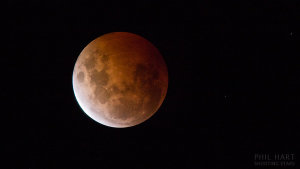 While some obscure astronomical events get over-hyped, a total lunar eclipse is always a crowd-pleaser. It is easy to observe and photograph, even among the bright lights of the big cities. April’s Easter Lunar Eclipse (2015) is visible from North America, across the Pacific to Australia, and eastern parts of Asia. The photography advice below will also serve the rest of the world well in September when an eclipse is visible to those who miss out on this one.
While some obscure astronomical events get over-hyped, a total lunar eclipse is always a crowd-pleaser. It is easy to observe and photograph, even among the bright lights of the big cities. April’s Easter Lunar Eclipse (2015) is visible from North America, across the Pacific to Australia, and eastern parts of Asia. The photography advice below will also serve the rest of the world well in September when an eclipse is visible to those who miss out on this one.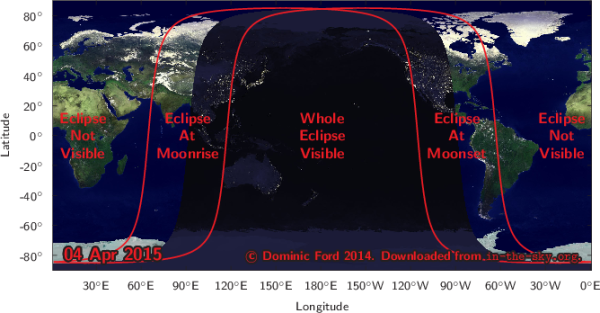
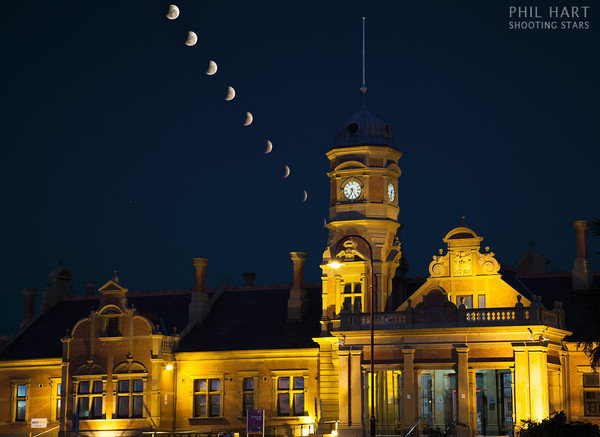
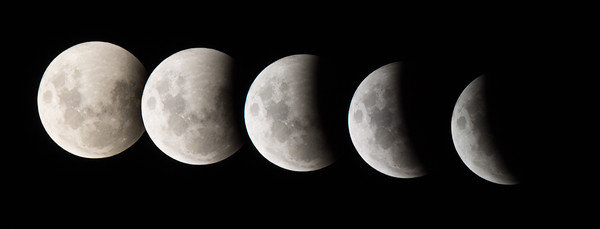
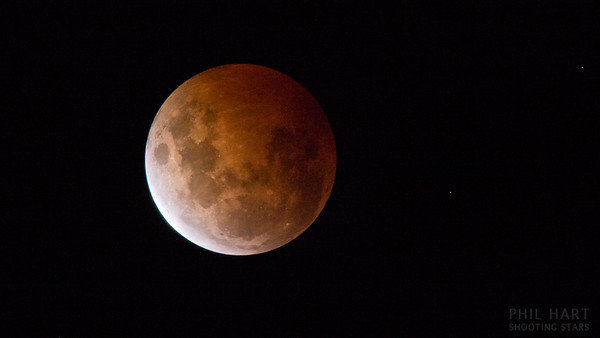
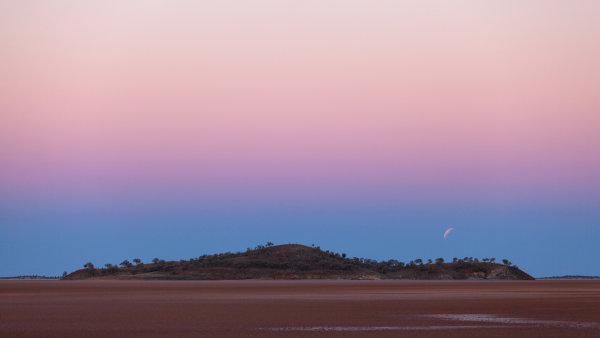
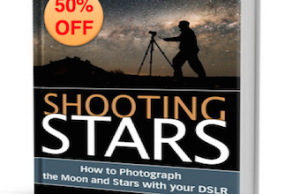 Want more night sky photography tips? Right now Phil’s eBook Shooting Stars is 50% off over at Snapndeals. Now only until April 27th!
Want more night sky photography tips? Right now Phil’s eBook Shooting Stars is 50% off over at Snapndeals. Now only until April 27th!
You must be logged in to post a comment.